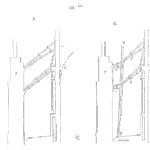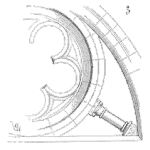
How Ethics Influence The Reliability of The Plant
Ask almost any maintenance professional in your operation what they think about ethics. Chances are the answers will not have anything to do with their job and their role in maintaining equipment.
Ethics play an important role in many professions, such as doctors, engineers, lawyers, etc. Ethics are not typically thought of in maintenance, but in reality, ethics does have a place in maintenance.
To understand where ethics fit into maintenance, you first have to understand ethics. [Read more…]













 Ask a question or send along a comment.
Please login to view and use the contact form.
Ask a question or send along a comment.
Please login to view and use the contact form.